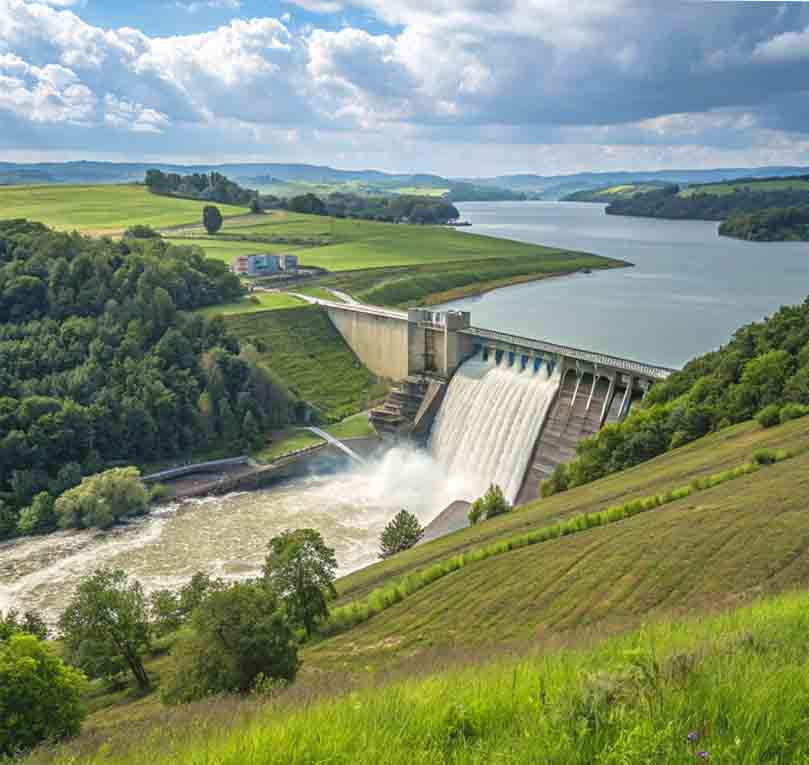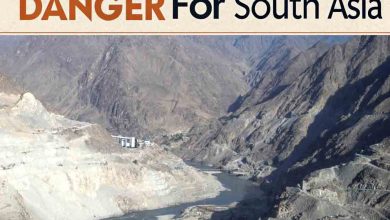Water Level in Key Dams Rises Slightly After Rainfall | Positive Impact on Crops & Soil Moisture
Water level in key dams rises due to March rainfall and glacier melt, easing water shortage fears and improving crop conditions in major regions.
Water Level in Key Dams Rises Slightly After Rainfall
ISLAMABAD: The water level in key dams rises slightly following much-needed rainfall and glacier melt in March, offering a temporary relief from the ongoing water crisis in Pakistan. This development brings hope for improved irrigation, agriculture, and domestic water supply across multiple provinces.
🌧️ Rainfall and Glacier Melt Bring Relief
Recent rainfall in March across Khyber Pakhtunkhwa, northern Punjab, Balochistan, Gilgit-Baltistan, and Azad Kashmir has triggered an increase in inflows to major reservoirs. According to the Pakistan Meteorological Department (PMD), light to heavy rainfall coupled with glacier melt has slightly elevated water levels in key dams.
The rise, although marginal, provides some relief from the critically low levels that had sparked nationwide concerns over potential water shortages.
💧 Current Status of Major Dams
The Mangla Dam, fed by the Jhelum River, saw its level rise from 1,066.25 feet on March 23 to 1,086.70 feet by April 4, according to WAPDA data.
Meanwhile, the Tarbela Dam—Pakistan’s largest reservoir—witnessed an increase from its dead level of 1,402 feet to 1,410 feet.
✅ Water Levels Overview:
-
Mangla Dam: 1,086.70 feet (↑ from 1,066.25)
-
Tarbela Dam: 1,410 feet (↑ from 1,402)
While both dams are now above their respective dead levels, experts caution that this is not enough to eliminate the threat of drought entirely.
⚠️ Drought Still Looms, PMD Warns
Despite the rainfall, the PMD warned that mean temperatures in April are likely to remain above normal nationwide, which may accelerate water evaporation and reduce available surface water.
🔍 Key Climate Insights:
-
Below-normal rainfall expected in northern Punjab, KP, and Kashmir.
-
Normal rainfall predicted in drought-prone southern areas.
-
237 consecutive dry days recorded in parts of Sindh and Balochistan.
“If rainfall remains deficient, mild to moderate drought in Sindh and coastal Balochistan may intensify,” the PMD cautioned.
🌱 Impact on Agriculture and Crops
The rise in dam water levels and recent rains have improved soil moisture, especially in Punjab, enhancing the growth of major crops.
🌾 Crop Progress by Region:
Punjab
-
Boost to wheat, sugarcane, sesame, grams, and pulses.
-
Improved harvesting prospects due to soil moisture.
Sindh
-
Satisfactory wheat and sugarcane harvesting.
-
Seasonal vegetables and orchards in good condition.
Khyber Pakhtunkhwa
-
Wheat and sugarcane crops progressing well.
-
Orchards showing healthy development.
Balochistan
-
Seasonal fruits being marketed efficiently.
-
Some areas still facing moisture stress.
🧑🌾 Advisory for Farmers and Stakeholders
PMD issued multiple advisories for farmers and agricultural authorities to protect crops and manage water usage efficiently.
📋 Recommendations:
-
Monitor the latest weather forecast before harvesting.
-
Control weeds by applying herbicides, avoiding windy conditions.
-
Follow guidance from local agricultural departments.
-
Implement efficient irrigation methods to conserve water.
PMD also urged stakeholders to adopt water-saving strategies to avoid worsening the drought situation.
✅ Conclusion and Way Forward
While the water level in key dams rises, offering short-term relief, Pakistan must remain vigilant as climate volatility and higher temperatures threaten long-term water availability. This calls for strategic water management, farmer education, and climate resilience planning.
🔗 Internal Resources to Explore:
🔗 External Resources:







